
| Recorded by: Andrew W. Jones on 2025-09-09
Swain Co.
Comment: | 
| Recorded by: David George on 2025-09-03
Durham Co.
Comment: |
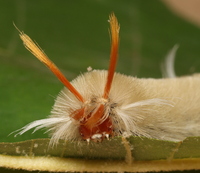
| Recorded by: David George on 2025-09-03
Durham Co.
Comment: | 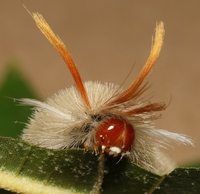
| Recorded by: David George on 2025-09-03
Durham Co.
Comment: |
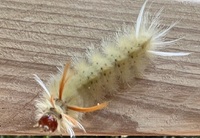
| Recorded by: Mark Basinger on 2025-07-06
Wilson Co.
Comment: | 
| Recorded by: Reginald J Jones II on 2025-06-20
Cumberland Co.
Comment: |

| Recorded by: Reginald J Jones II on 2025-06-20
Cumberland Co.
Comment: | 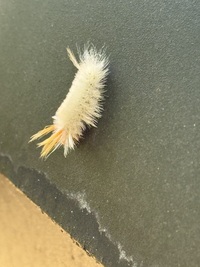
| Recorded by: Reginald J Jones II on 2025-06-20
Cumberland Co.
Comment: |
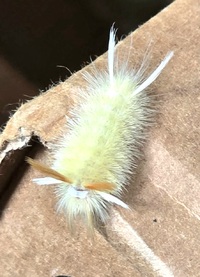
| Recorded by: Mark Basinger on 2025-06-06
Wilson Co.
Comment: | 
| Recorded by: Andrew W. Jones on 2024-09-27
Polk Co.
Comment: |
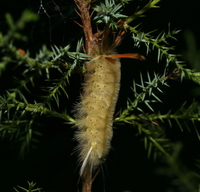
| Recorded by: David George on 2024-09-08
Durham Co.
Comment: | 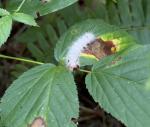
| Recorded by: A. Kauppila on 2023-10-05
Burke Co.
Comment: |
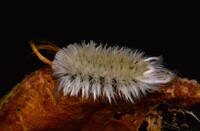
| Recorded by: Stephen Dunn on 2023-09-25
Orange Co.
Comment: | 
| Recorded by: David George, Jeff Niznik on 2023-09-20
Durham Co.
Comment: |

| Recorded by: Andrew W. Jones on 2023-09-19
Polk Co.
Comment: | 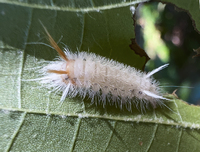
| Recorded by: John Petranka on 2023-09-16
Orange Co.
Comment: |

| Recorded by: David George on 2023-09-10
Orange Co.
Comment: | 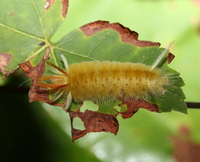
| Recorded by: David George on 2023-09-08
Durham Co.
Comment: |
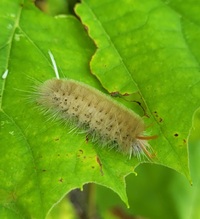
| Recorded by: Andrew W. Jones on 2023-09-04
Macon Co.
Comment: | 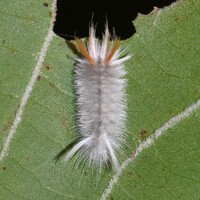
| Recorded by: David George, Jeff Niznik on 2023-09-04
Orange Co.
Comment: |
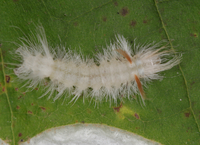
| Recorded by: Jim Petranka and Becky Elkin on 2023-08-31
Buncombe Co.
Comment: | 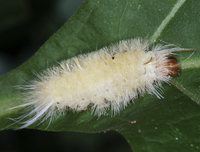
| Recorded by: John Petranka on 2023-07-21
Durham Co.
Comment: |

| Recorded by: Dean Furbish on 2022-09-04
Wake Co.
Comment: | 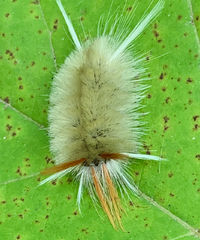
| Recorded by: Jim Petranka and Becky Elkin on 2022-08-25
Clay Co.
Comment: |
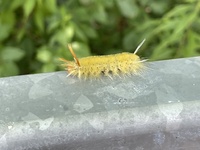
| Recorded by: Morgan Freese on 2022-07-04
Buncombe Co.
Comment: | 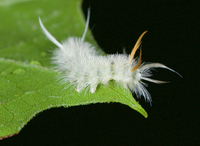
| Recorded by: Jim Petranka on 2022-06-26
Madison Co.
Comment: |
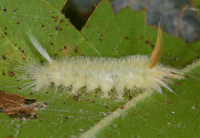
| Recorded by: Jim Petranka on 2021-08-21
Madison Co.
Comment: | 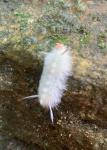
| Recorded by: L. Knepp on 2021-07-21
Surry Co.
Comment: |
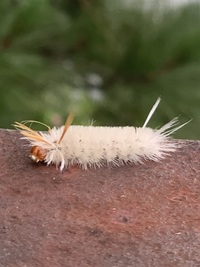
| Recorded by: Aimee on 2021-06-15
Guilford Co.
Comment: | 
| Recorded by: Aimee on 2021-06-15
Guilford Co.
Comment: |
|

 »
»
























